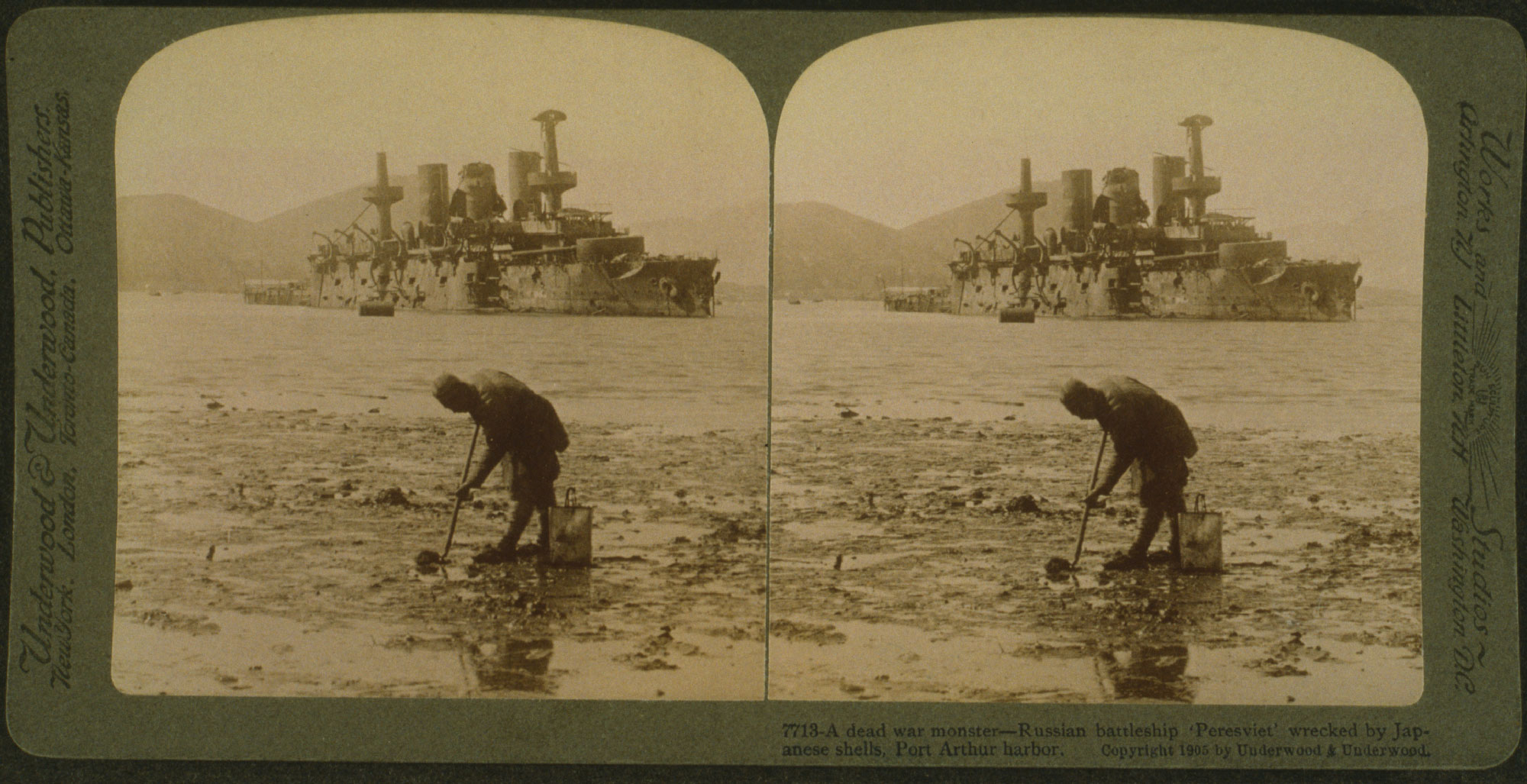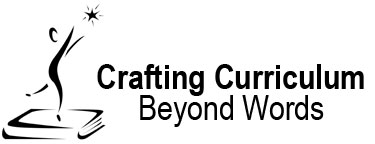 This 45-minute lesson is designed to help students explore historical events (the 1864 Geneva Convention, the Hague Conventions of 1899 and 1907, and the Russo-Japanese War) in context of a persistent issue throughout history: national sovereignty v. international law. Students will develop skills and habits of mind associated with thinking critically about visual information. The lesson features a three-part teaching strategy. First, you’ll lead an informal class-wide conversation that culminates in an open-ended question; Second, you’ll support students as they interpret a historical photograph; Third, you’ll encourage students to begin to answer the question.
This 45-minute lesson is designed to help students explore historical events (the 1864 Geneva Convention, the Hague Conventions of 1899 and 1907, and the Russo-Japanese War) in context of a persistent issue throughout history: national sovereignty v. international law. Students will develop skills and habits of mind associated with thinking critically about visual information. The lesson features a three-part teaching strategy. First, you’ll lead an informal class-wide conversation that culminates in an open-ended question; Second, you’ll support students as they interpret a historical photograph; Third, you’ll encourage students to begin to answer the question.
PART 1: THE CONVERSATION (10 minutes): Try initiating a seemingly impromptu conversation by asking the class: “is it important that a sporting event is played fairly?” While students share their thoughts aloud, you can negotiate responses by categorizing them into broader themes such as what exactly constitutes “sportsmanship” (fair behavior) versus “gamesmanship” (suspect, but not unfair behavior) versus “cheating” (unfair behavior). You may also want to discuss the potential importance of a sporting event being fair, such as respect for competition and self-fulfillment, and in the case for many professional sports, legitimacy for legalized gambling. Students may also talk about potential causes and consequences of sporting events being fair and may want to explore whether a “win at all costs” attitude is just. Remember: this is not intended to be a lengthy, formal discussion. Rather, it’s a brief grabber to gather students’ interest. Be mindful of your time and stay focused.
You might also share that today, instead of bookwork, worksheets, or a lecture, students will gather information and take notes from critically analyzing a historical photograph. Thinking deeply about this photograph should help them begin to explore the balance between a what a nation wants to do in its own interest (national sovereignty) and what other nations want it to do (international law or concern). You may want to click HERE to read a helpful one-page “Fact Sheet” from the United Nations that discusses International Law.
As a transition from the conversation and whichever open-ended question you decide to emphasize, you should share with students that the skills they will sharpen today are essential for 21st century citizenship. You can remind students that there are, and will likely always be, people and groups who intentionally use images to influence their decision-making (i.e., how to spend money, who to vote for). You can share that today students will think about a historical photograph, using it as evidence to build a claim about an open-ended question, but they hopefully will be able to take that authentic skill and use it to improve their lives away from school (i.e., as they encounter visual information such as advertisements and social media).
Once each student has a copy of the data retrieval chart, you should make available the photograph, A dead war monster—Russian battleship ‘Peresvet’ wrecked by Japanese shells, Port Arthur harbor. You could project the photograph as a multimedia presentation slide and have students work together as a whole class. Or you could ask each student to access a digital copy of the photograph and have them work individually. This lesson plan encourages you to have students work in small groups of about four or five; however, it’s your decision how to implement the lesson.
Regardless of how you make the photograph available to students, you’ll need the Teacher Handout designed specifically for this lesson. It would be best to study the handout well before leading students through this lesson because it’s a primer for the photograph that provides information and a script of talking points for skillfully guiding students in an exploration of how nations tend to deliberate national sovereignty and international law as it relates to the conduct of war.
After the groups have analyzed the photograph and completed the Student Handout, gather the attention of the whole class and have students from each group share their respective group’s observations, conclusions, and thoughts. Be sure to ask their thoughts about nations’ rights and duties as they concern the opening of hostilities, the use of sea mines, and neutral nations. Follow these questions by asking for the rationale underpinning their answers. Go out of your way to ask two or three groups to respond to other group’s findings, thus developing a conversation among the students to help everyone discover and create a meaningful understanding of international law. Carefully negotiate students’ responses and keep this segment of the lesson focused.
For an additional activity you could ask students to connect the lesson’s persistent issue throughout world history—the balance of national sovereignty and international law—to the 2022 Russo-Ukrainian War. The Follow-on Handout presents students with a photograph of a new laser weapon and asks about the legitimacy of its use.
PART 3: THE ANSWER (10 minutes): After students have analyzed and discussed the historical photograph, ask them to formally to use the skills built and information gathered from today to address the open-ended question you posited earlier. You could ask students to create and submit a 1-minute video or send you an email with their answer. Or they could write their answer on the back of the data retrieval chart; regardless of what tools students use to answer the question, it’s important that you provide each student with individualized, formative feedback. To produce a truly comprehensive answer to such a complex issue, students will need more than just today’s lesson. Still, they should be able to craft a preliminary answer to the question in regard to one of the domains of international law: conduct of war.
